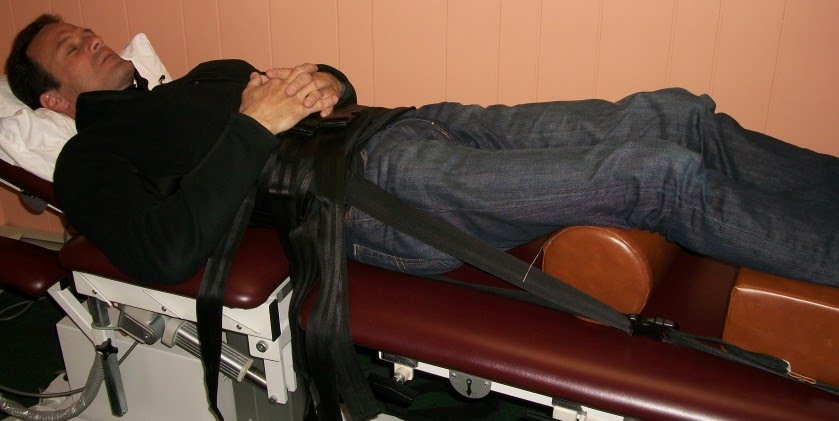 The sciatic nerve refers to a group of nerve roots found in the spinal bones or vertebrae. The sciatic nerve, the largest nerve in the body, goes from the lower back down to the muscles of the buttocks to the legs and feet.
The sciatic nerve refers to a group of nerve roots found in the spinal bones or vertebrae. The sciatic nerve, the largest nerve in the body, goes from the lower back down to the muscles of the buttocks to the legs and feet.
Irritation or pressure on this nerve leads to the condition known as sciatica. Sciatica is often caused by herniated discs. Symptoms include a burning sensation, sharp pain that radiates, numbness and tingling.
Sciatica frequently occurs in people aged between 30 to 50 years old and is often the result of years of wear and tear in the lower spine.
Treatment for sciatica include physical therapy, chiropractic, massage, acupuncture, steroid injections, decompression therapy and surgery.
Decompression NYC residents ought to know, can be classified into two types of treatments: non-surgical and surgical. Non-surgical spinal decompression is a form of motorized traction that is used to treat sciatica, back and neck pain, herniated discs, degenerative disc disease, posterior facet syndrome and radiculopathy or diseased nerve roots of the spine.
This type of decompression works by stretching the spine gently. In turn, that stretching modifies the position of the spine and relieves pressure on the spinal discs. Once the pressure is relieved, oxygen, water and nutrient-rich fluids can easily reach the discs and facilitate healing.
In non-surgical spinal decompression therapy, the patient remains fully clothed while the practitioner puts harnesses on the patient’s pelvis and trunk. Some patients may be asked to lie face down or face up on a table that is connected to a computer which controls it. The practitioner uses the computer for the treatment which typically lasts in less than an hour. Broadly speaking, the patient should not feel any pain during therapy. If you do experience pain during the treatment, you should ask the practitioner to stop. And in such cases, pain is an indicator that you are not a good candidate for the therapy.
In general, treatment sessions are spread between 20 to 28 sessions over the course of five to seven weeks. Decompression is often complemented by the use of other treatments like electrical stimulation, ultrasound and heat or cold therapy. At home, the patient may be asked to drink lots of fluids and to perform a few exercises.
Non-surgical decompression is not for everyone. If you are pregnant, this type of treatment is inadvisable. If you have a fracture, tumor, abdominal aortic aneurysm, osteoporosis or metal implants on your spine, your doctor may advise against this type of treatment and recommend other options.















